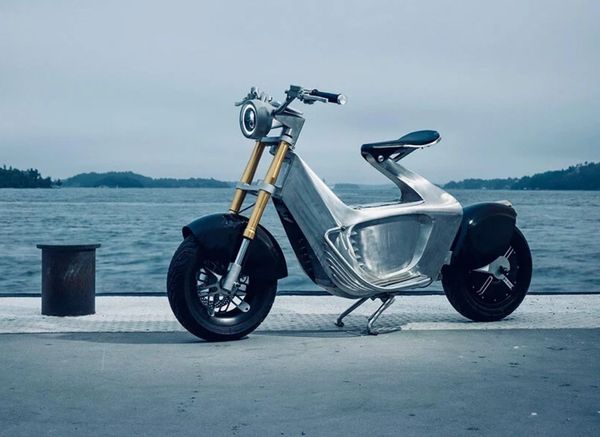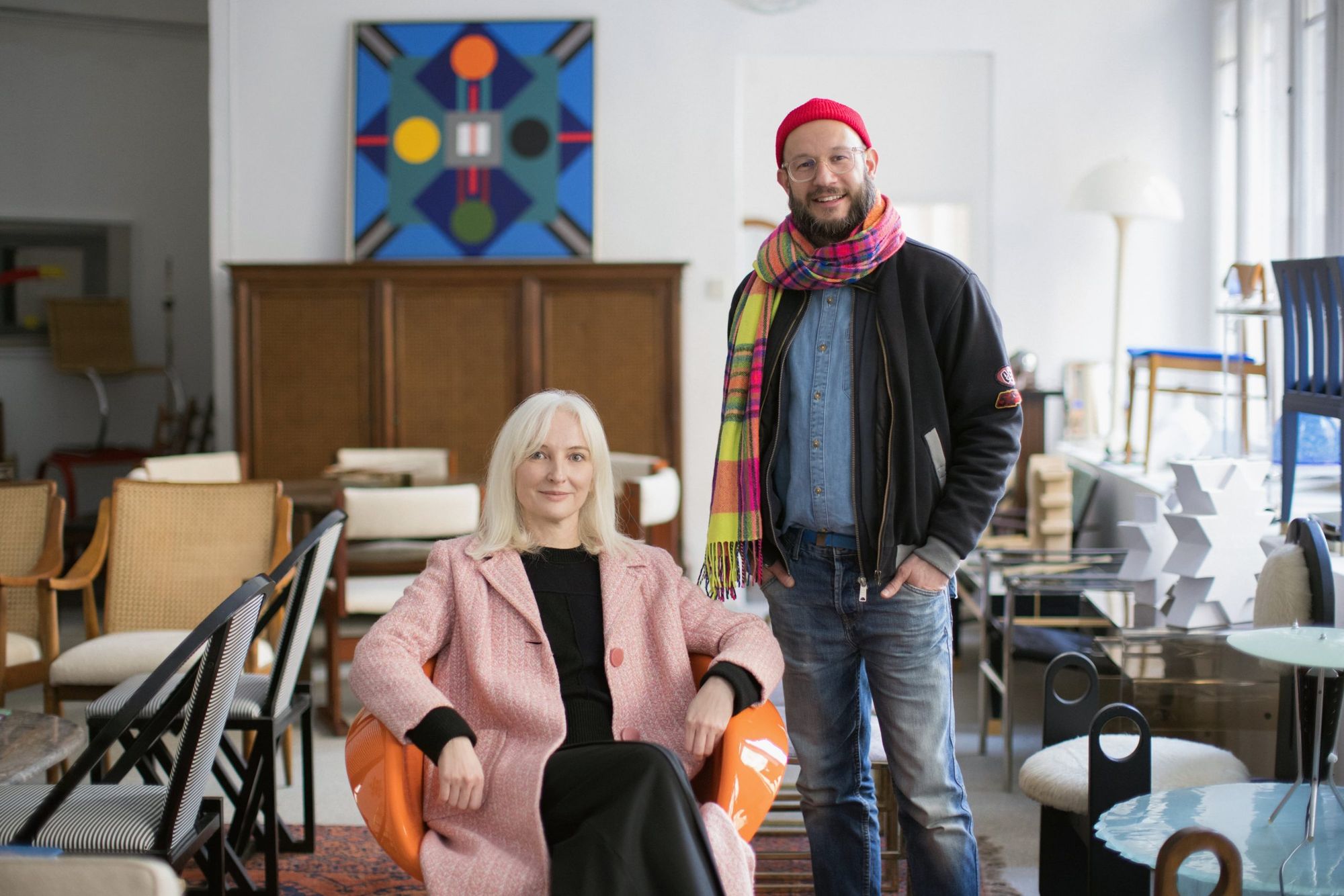Although they do interior design work individually, they realized three years ago that joining forces could unleash even more creative energy. Spirited interior designers, coworkers and friends who have been working on interior and styling projects in various parts of Budapest, in Vienna and at Lake Balaton.
We talked to Kati Vörös and Péter Laza (KOZIE Projekt), with whom we visited one of their favorite shops, Artibus365, and after the selection of furniture, we could get a glimpse of the downtown interior they dreamed of, still under arrangement!
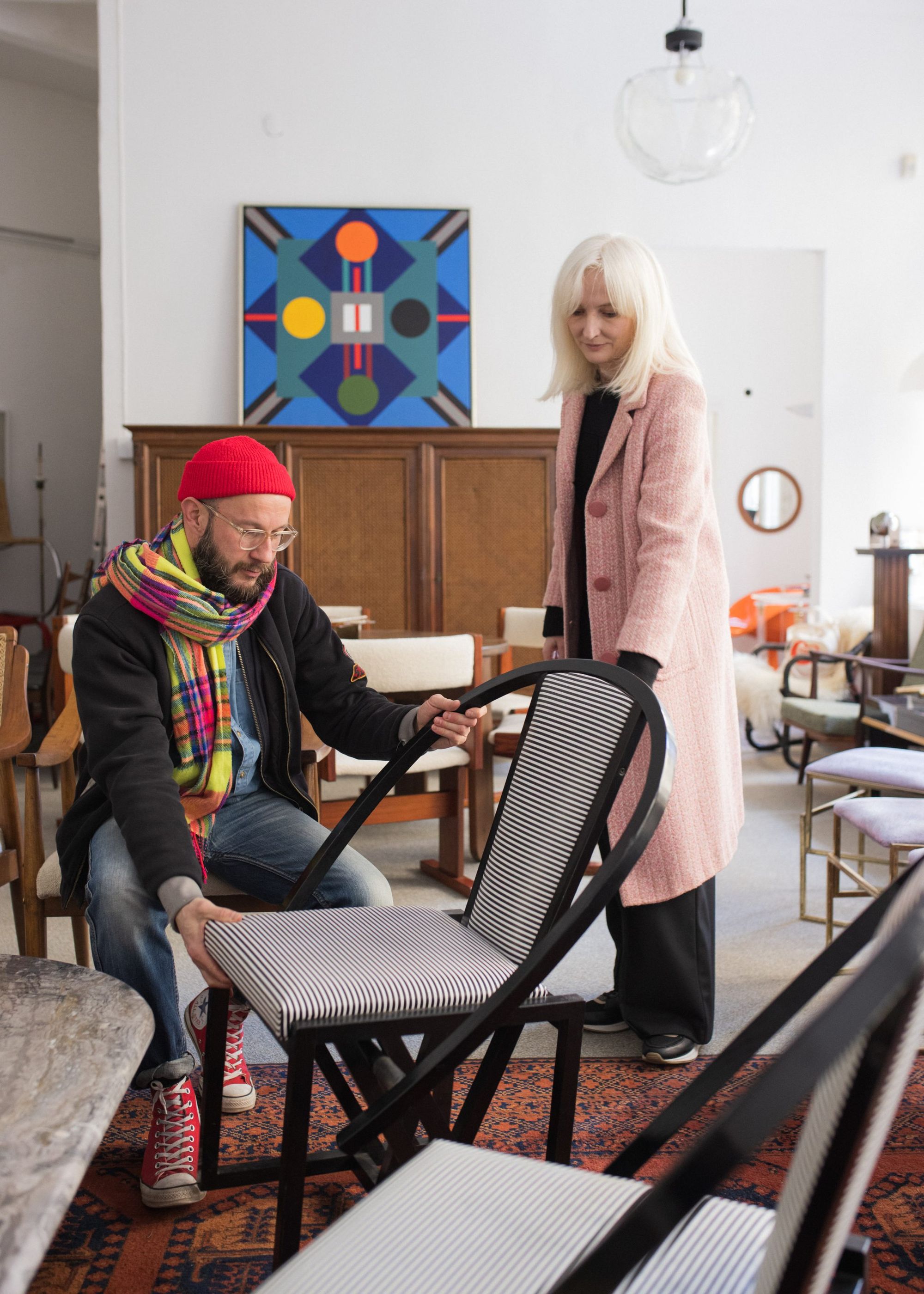
When they first met
Kati: I was already following Peti on Instagram when he was a creative leader at IKEA, and then I watched excitedly as he built his own brand. I couldn’t wait for the new materials, I read everything, I analyzed why he was doing what, and I was impressed with the way he treats space and furniture far beyond the conventions in Hungary. We finally met in person on a snowy winter day, January 23, 2019. Not far from Moszkva Square, I looked at a completed work by Peti, where he was doing the finishing touches. It was immediately as if we had known each other for a long time—it quickly became clear that we were thinking the same way not only about design but also about important social issues.
Peti (KOZIE Projekt): For a long time we only followed each other on Instagram. I once saw Kati in front of me on a subway escalator, but I thought it was terribly scary to say hello as an unknown acquaintance. Then I worked on a project near Moszkva Square where we used a custom wallpaper that Kati noticed and asked about, and then I offered her to visit in person and give her samples as well. She came and we talked for hours.
Creative workflows
Kati: Since my life was completely dominated by work last year, I’ve followed and analyzed my days in an app since this January. So I know for sure that last week, for example, I worked 44 hours (which is what Peti calls real work), which was split between ten different roles. Half of this is a joint project with Peti, whose design attitude is much more disciplined than mine. I create more spontaneously. This difference in our personalities helps us to work together, we complement each other, we share tasks. But the main reason we’re a super couple is that while our style may seem different, our approach is the same. We are very inspiring to each other, together we multiply our creative power.
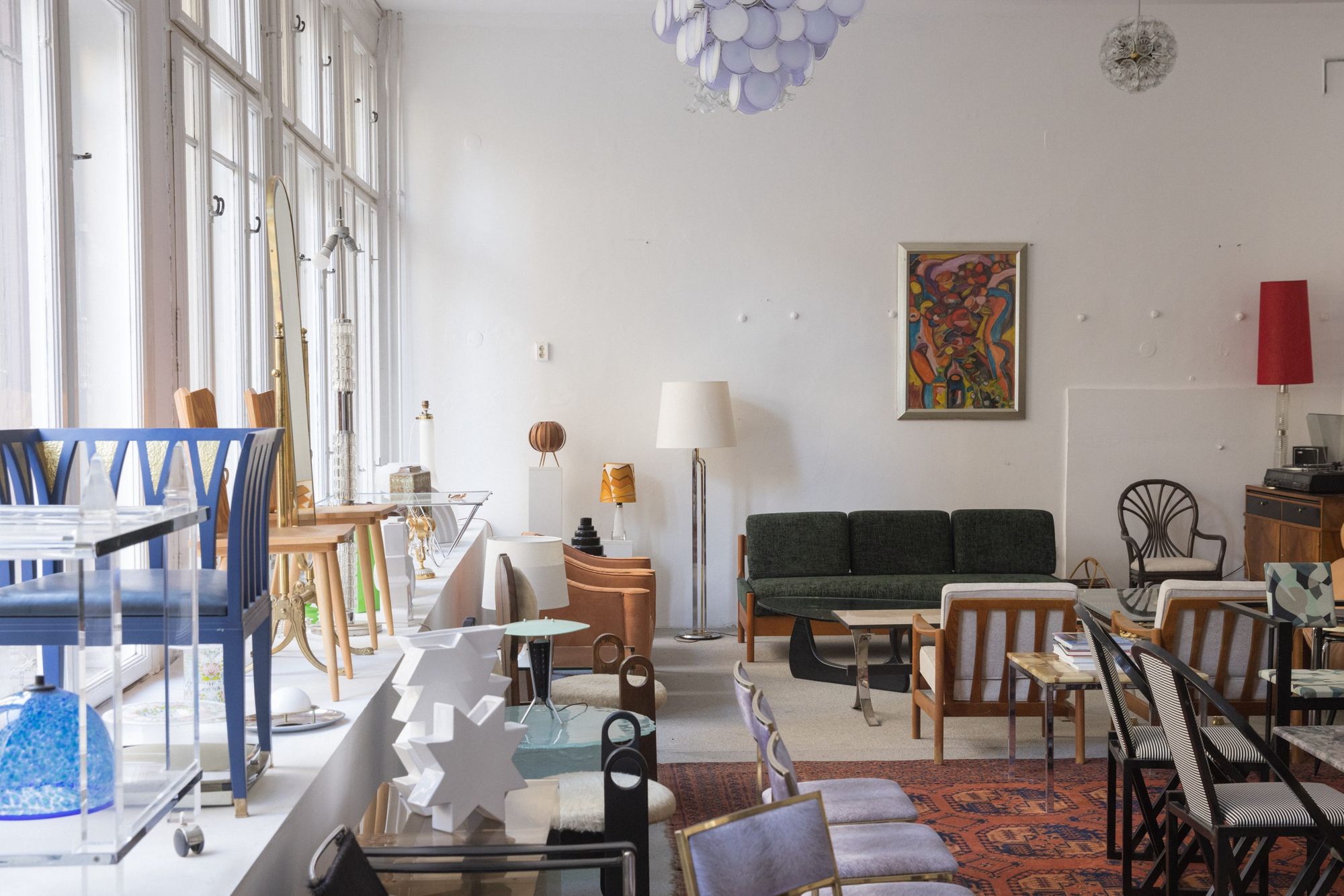
Peti: Practically when we are awake, we work: we pay attention, we get inspired, and these are accompanied by real work. We try to spend weekends and holidays without work and not disturb each other—it doesn’t always come together because today we’re primarily friends, so sometimes we chat or phone until midnight, and professional topics are inevitable.
Our work attitude is at once very similar and yet different. Kati lives in Budapest, I live at Lake Velence and most of our projects are in the capital, so Kati usually checks the work and the products in person, and I mostly sit at the desk and make plans, presentations, budgets.
We style together in magazine and company photoshoots: we carry stuff, we sweat, we pack stuff. These are the projects where we spend the most time together in one place. Kati spends more time researching, while I often get into planning right away. We can put together creative concepts extremely quickly—the air sparkles during our brainstormings. Together we select the main furniture and materials, then Kati refines them with her own pieces, and the floor plans are more like me, so in the end, there is a really well-thought-out, common result.
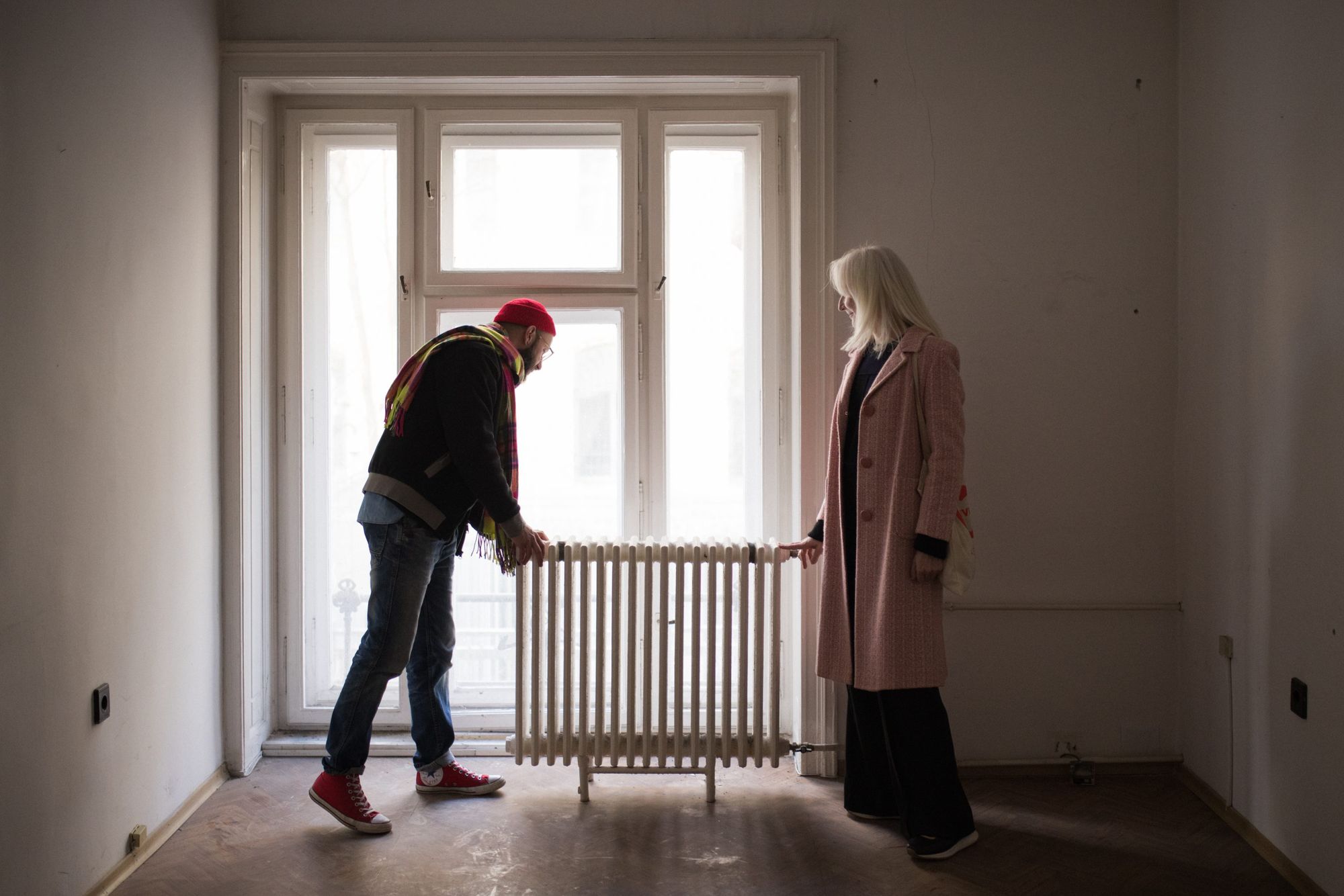
Recognition, criticism
Kati: Since we often feel alienated in the Hungarian environment with our approach, we were already an important source of recognition for each other even in our Instagram-era. This is still the case today. We are also professional and emotional supports for each other in projects we don’t do together. Interior design—especially if they involve renovations—can be quite soul-destroying, it matters a lot if there is someone to call who understands exactly what one is feeling. Because Peti is a much more disciplined personality, I think I was the one who needed more of his subtle but clear criticism.
Peti: We are constantly analyzing, criticism is part of our everyday lives and we can easily give feedback to each other. Our relationship is like a mature marital relationship: I understand what I can and will not be able to change in the other, and it’s perfectly normal for me to get a little (very) upset about the other’s decision and words, but we never hurt each other.
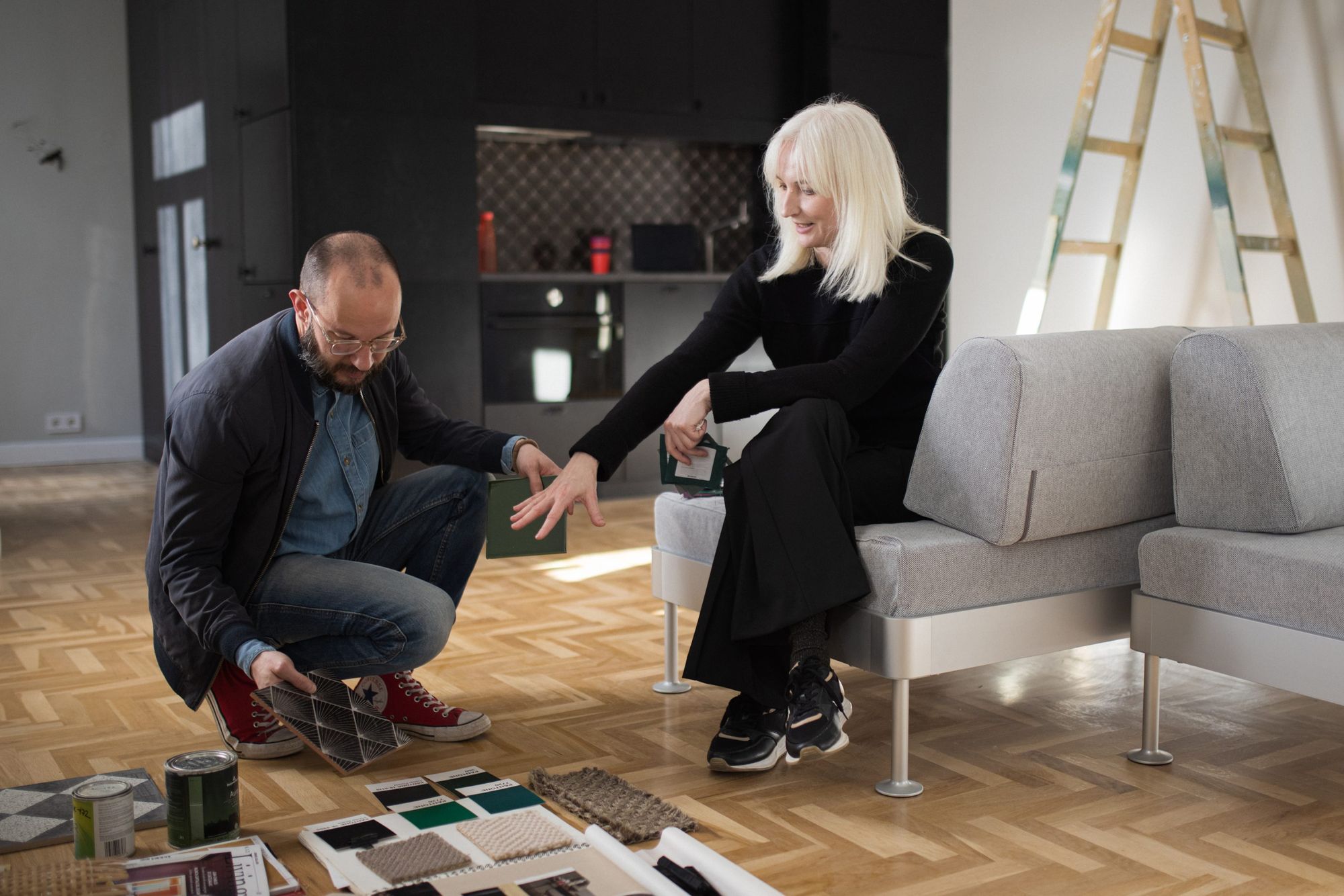
Inspiration
Kati: Because of my historical background, one of my most important sources of inspiration is reading design and interior design publications between the two world wars and the era of state socialism. In doing so, you always realize that there is nothing new under the sun. I also keep an eye on today’s international events: I regularly read design magazines and books and try to get to as many important European exhibitions as possible. The most inspiring in our collaboration with Peti is our conversations about an article, an interesting interior photo or some personal experience.
Peti: I intentionally avoid ready-made interior design inspirations and prefer to follow museums, artists, curated sites, vintage magazines. I have quite a few of my favorite design and interior design albums and books that come up regularly when I need an extra boost. I search most often for the design of small, smart spaces, and most of the energy comes from the aesthetics of modernist design. It may be trite now, but nature is an eternal inspiration—which is why I live on the banks of a stream.
I am impressed by Kati’s vehemence and her commitment to a particular design or an entire concept, that she refuses to let go of (but is all the more willing to refine it). The most inspiring is that I’m not alone, we can always count on each other throughout the process.
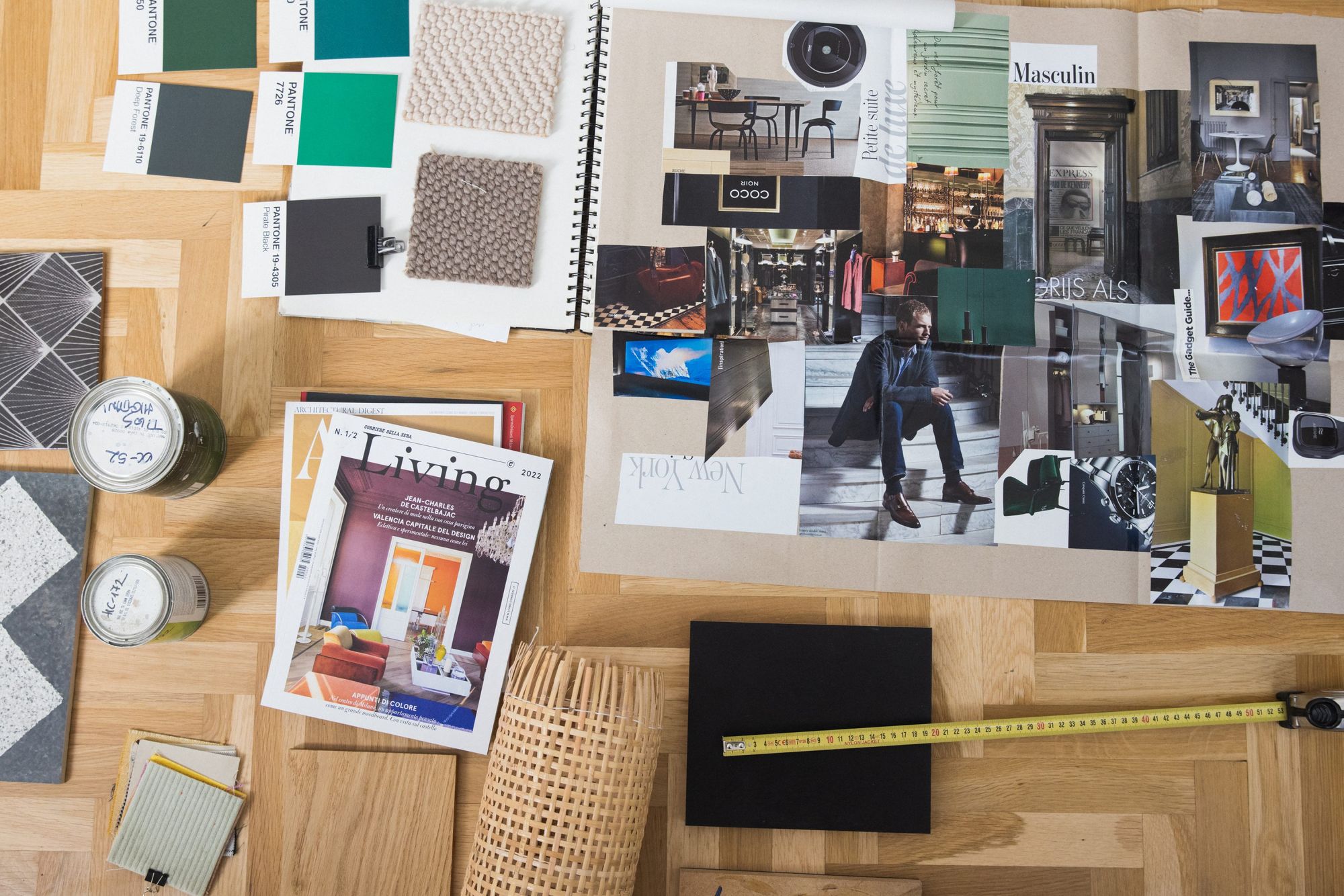
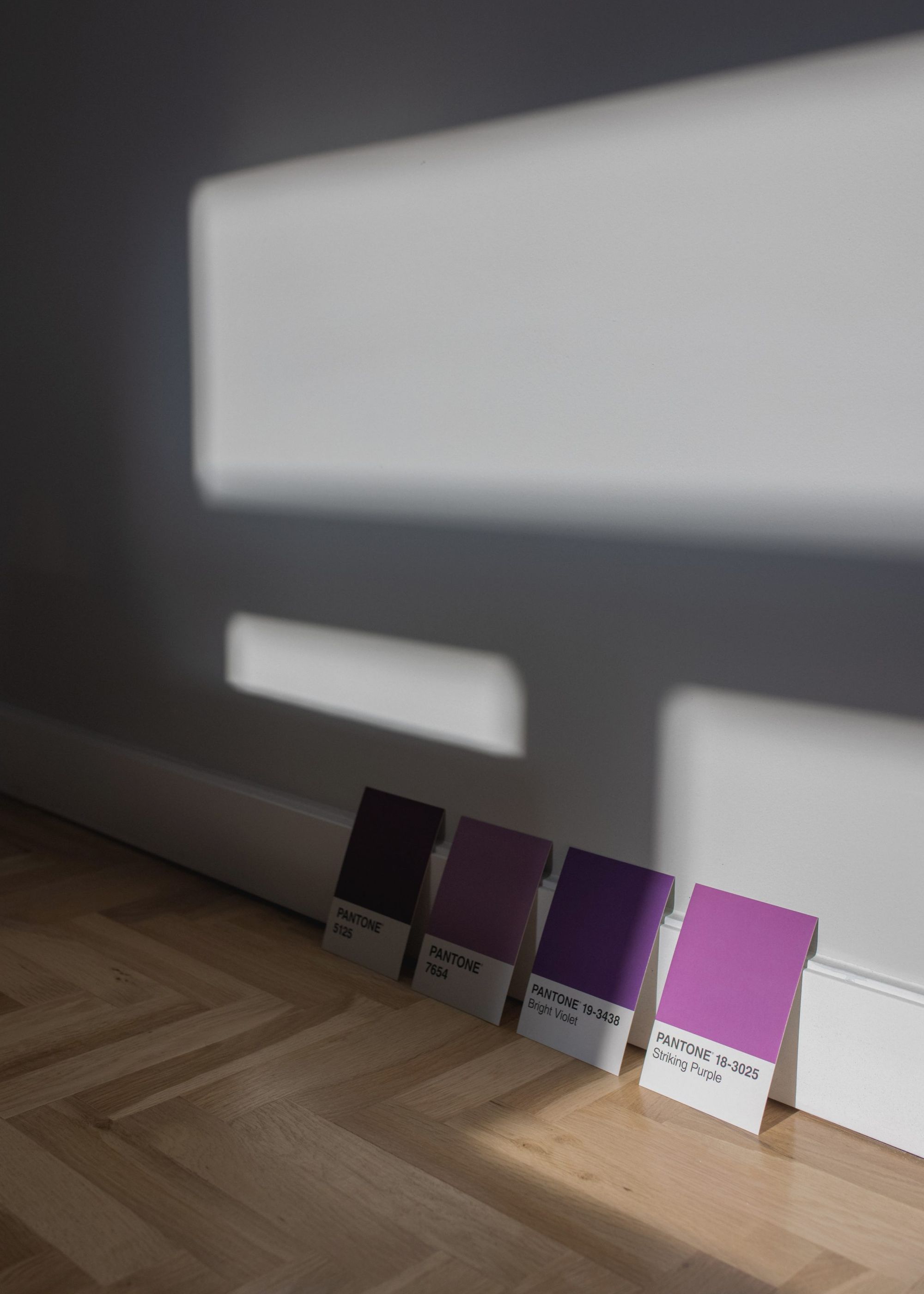
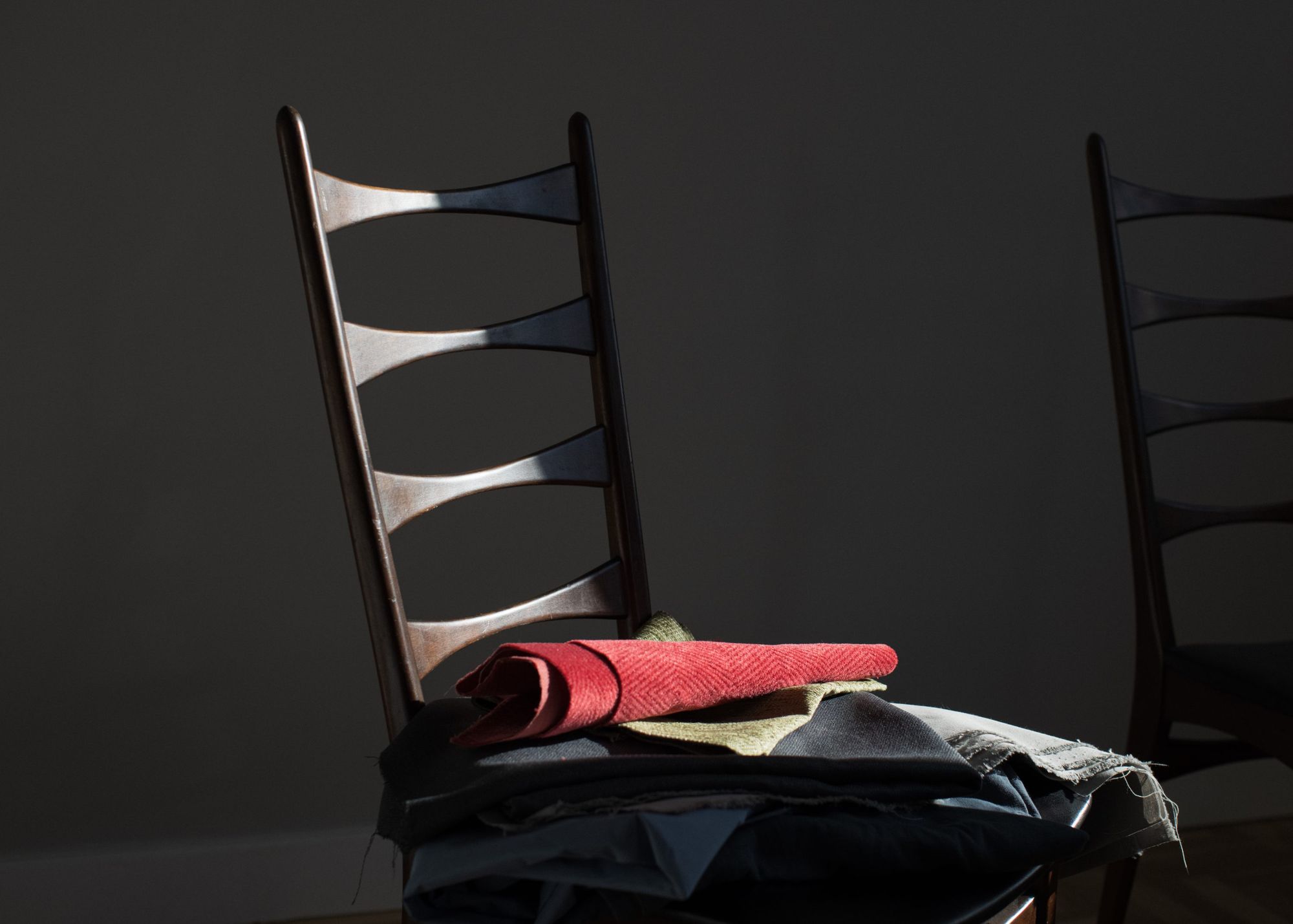
A common dream
Kati: We will definitely continue to work together, constantly renewing, looking for new tasks.
Peti: We have plenty of plans, most of them fit together. We are certainly not slowing down and we will change a lot based on our experience so far. Interestingly, we recently articulated that somehow the Vöröskati and the Kozie Projekt could be an intertwined, common brand that is not a new, third brand. And there you go…
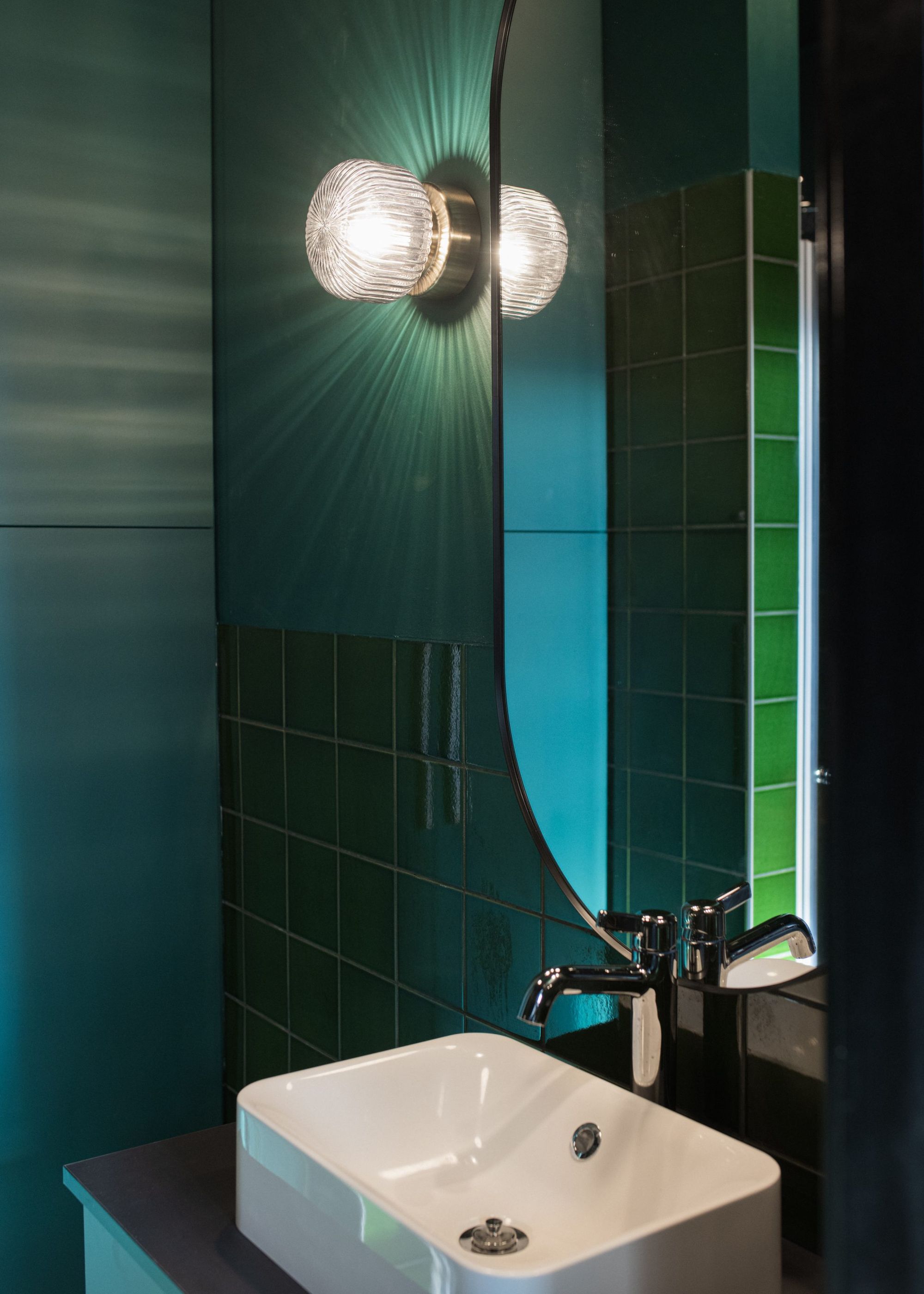
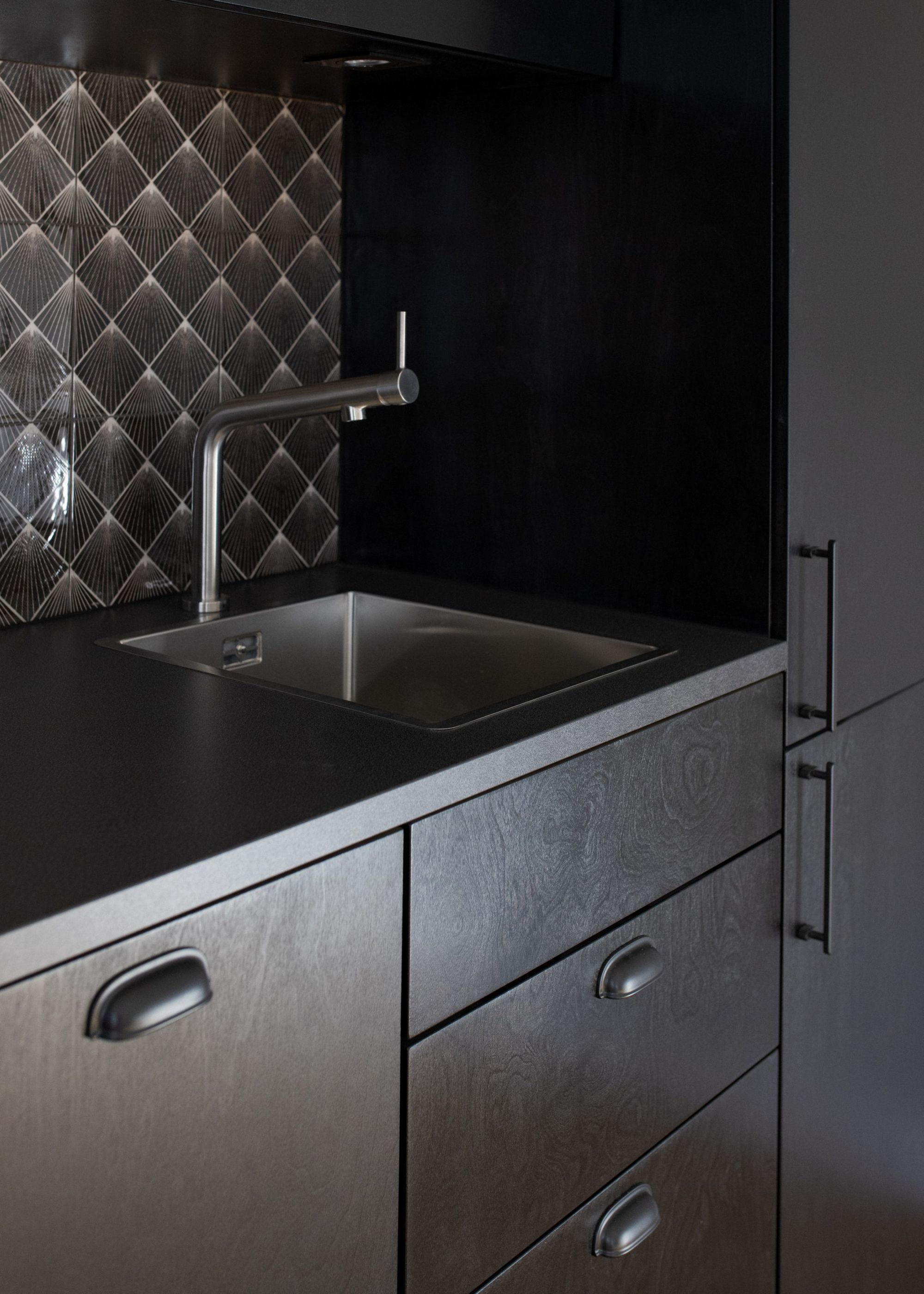
Favorite common story
Kati: One of our most memorable experiences was when we were rushing to the tombstone next to the Jewish cemetery on Kozma Street with a very fashionable, stylish, contemporary jazz-listening Romany taxi driver to choose window sill material in a milieu reminiscent of a Hungarian film from the seventies.
Peti: At least once a week, I say, “Kati, this is going to be a brilliant chapter in your book”—just because I certainly won’t have the patience to write a book, but I expect that if Kati writes one, she’ll include me and the common stories. Our lives are so hectic together and separately that it’s hard to remember a favorite. It always leaves a deep imprint when you have to take styling accessories to the third floor of a downtown tenement house with ten or twelve turns, then bring them down again during a photoshoot. At the same time, it is a very pleasant part of magazine photoshoots to get into homes and places where only a few people can.

Photos: Balázs Mohai

Stylish-looking alcoholic beverages from Eastern Europe | TOP 5

Muuto introduces the sustainable version of the iconic Fiber Chair
